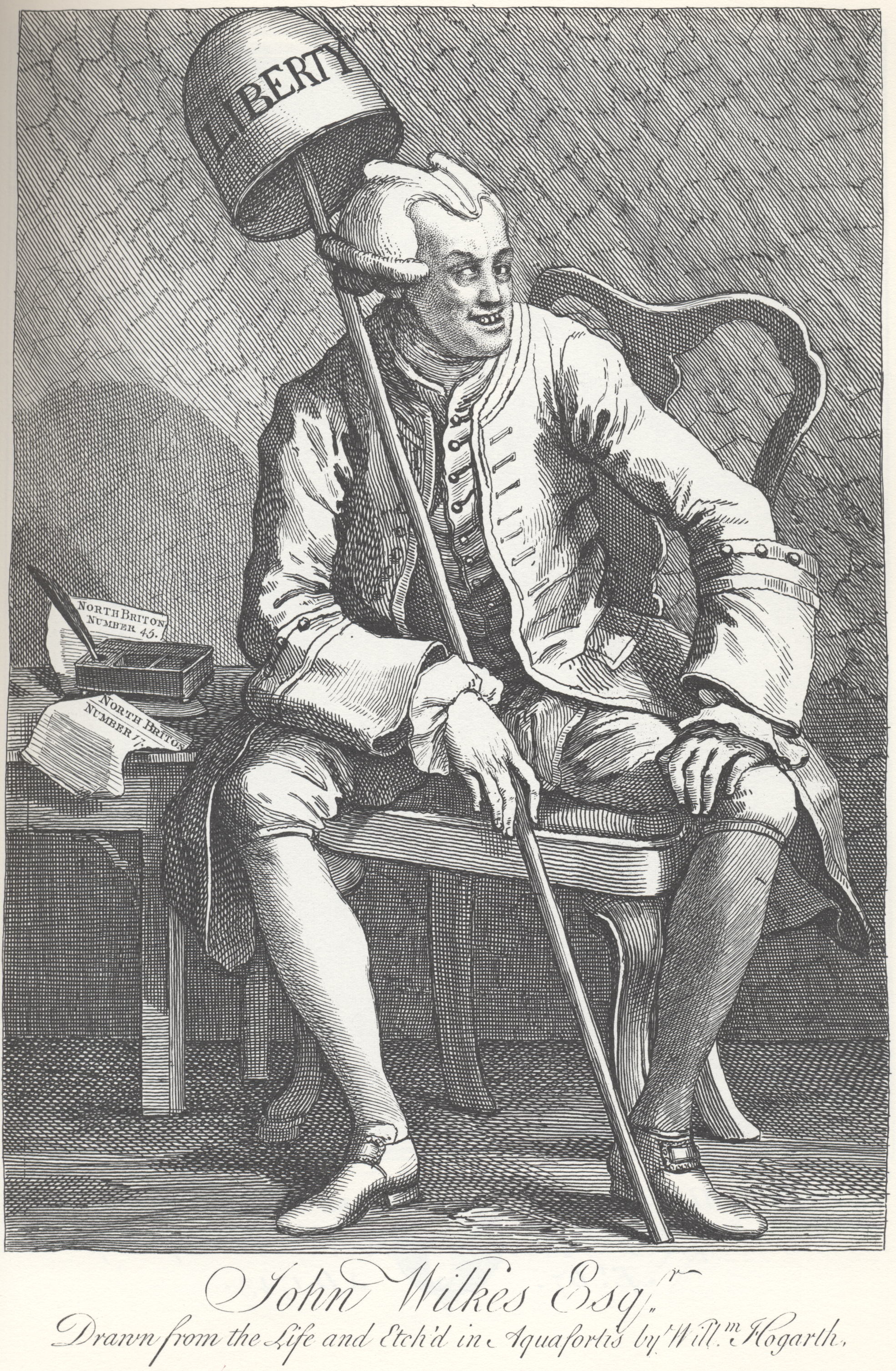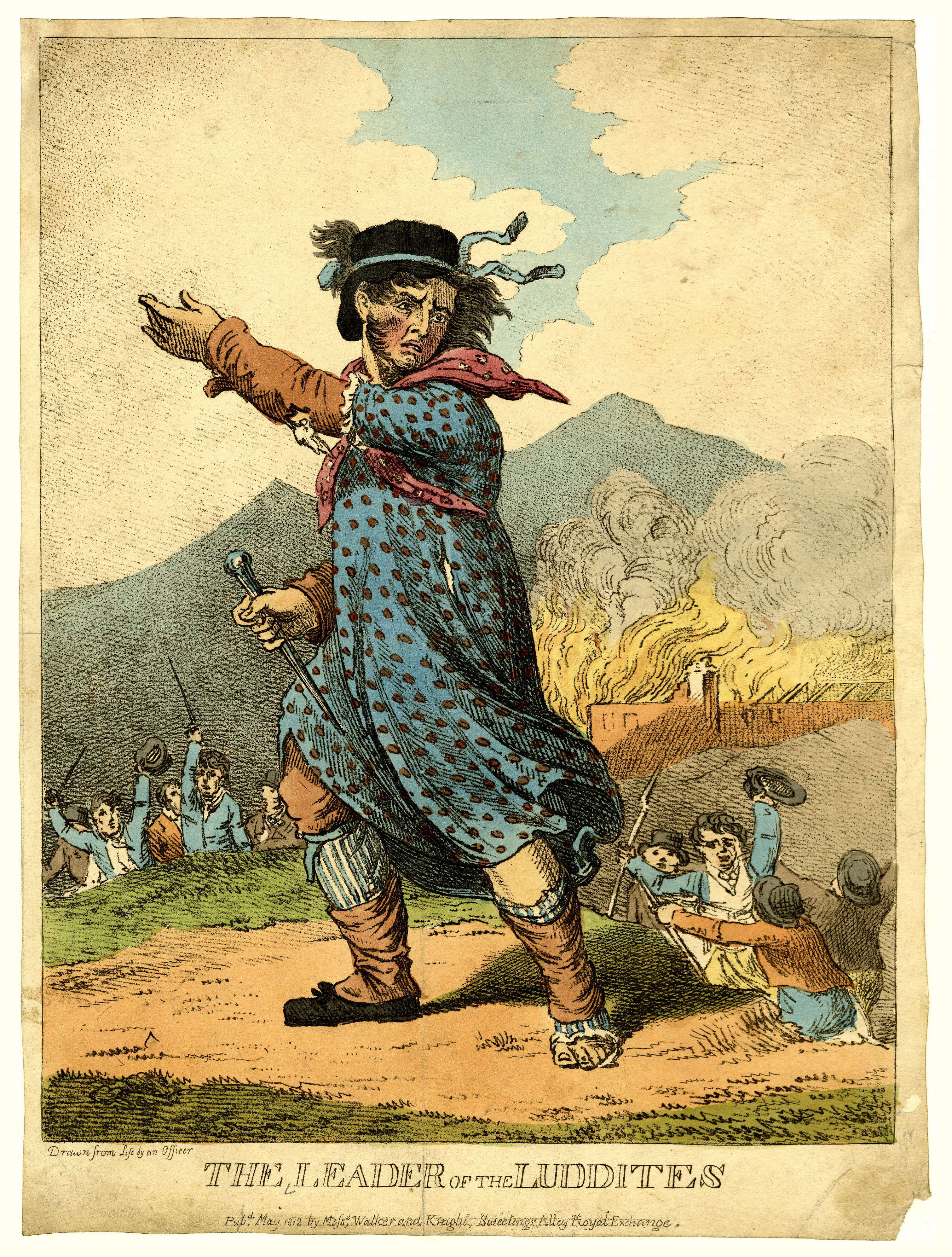|
Westhoughton Mill
Westhoughton Mill or Rowe and Dunscough's Mill, in Mill Street in Westhoughton, near Bolton in the historic county of Lancashire, was the site of a Luddite arson attack in 1812. The mill was built in 1804 by Richard Johnson Lockett, a Macclesfield man who lived at Westhoughton Hall. He leased the mill to Thomas Rowe of Manchester in 1808. During 1811 and 1812 Luddites had been attacking powered mills throughout the English North and Midlands to such an effect that the government in February 1812 passed the Frame Breaking Act making the damaging of powered looms punishable by death. Skilled weavers lost their livelihoods when production moved from a domestic system to new manufactories causing severe hardship and unrest among the workers. Unemployed weavers joined the Luddites believing their only hope was to destroy the machines. The government repressed rebellion by punishing offenders severely. In 1812 Luddite disorder around Manchester reached its peak. On Friday 28 April, ... [...More Info...] [...Related Items...] OR: [Wikipedia] [Google] [Baidu] |
Blue Plaque For Westhoughton Mill
Blue is one of the three primary colours in the RYB color model, RYB colour model (traditional colour theory), as well as in the RGB color model, RGB (additive) colour model. It lies between Violet (color), violet and cyan on the optical spectrum, spectrum of visible light. The eye perceives blue when observing light with a dominant wavelength between approximately 450 and 495 nanometres. Most blues contain a slight mixture of other colours; Azure (color), azure contains some green, while ultramarine contains some violet. The clear daytime sky and the deep sea appear blue because of an optical effect known as Rayleigh scattering#Cause of the blue colour of the sky, Rayleigh scattering. An optical effect called Tyndall effect explains Eye color#Blue, blue eyes. Distant objects appear more blue because of another optical effect called aerial perspective. Blue has been an important colour in art and decoration since ancient times. The semi-precious stone lapis lazuli was used i ... [...More Info...] [...Related Items...] OR: [Wikipedia] [Google] [Baidu] |
Scots Greys
The Royal Scots Greys was a Cavalry regiments of the British Army, cavalry regiment of the British Army from 1707 until 1971, when they amalgamated with the 3rd Carabiniers (Prince of Wales's Dragoon Guards) to form the Royal Scots Dragoon Guards. The regiment's history began in 1678, when three independent troops of Scots Dragoons were raised. In 1681, these troops were regimented to form The Royal Regiment of Scots Dragoons, numbered the 4th Dragoons in 1694. They were already mounted on gray (horse), grey horses by this stage and were already being referred to as the ''Grey Dragoons''. In 1707, they were renamed The Royal North British Dragoons (''North Britain'' then being the envisaged common name for Scotland), but were already being referred to as the ''Scots Greys''. In 1713, they were renumbered the 2nd Dragoons as part of a deal between the commands of the English Army and the Scottish Army when the two were in the process of being unified into the British Army. They we ... [...More Info...] [...Related Items...] OR: [Wikipedia] [Google] [Baidu] |
Textile Mills In The Metropolitan Borough Of Bolton
Textile is an umbrella term that includes various fiber-based materials, including fibers, yarns, filaments, threads, different fabric types, etc. At first, the word "textiles" only referred to woven fabrics. However, weaving is not the only manufacturing method, and many other methods were later developed to form textile structures based on their intended use. Knitting and non-woven are other popular types of fabric manufacturing. In the contemporary world, textiles satisfy the material needs for versatile applications, from simple daily clothing to bulletproof jackets, spacesuits, and doctor's gowns. Textiles are divided into two groups: Domestic purposes onsumer textilesand technical textiles. In consumer textiles, aesthetics and comfort are the most important factors, but in technical textiles, functional properties are the priority. Geotextiles, industrial textiles, medical textiles, and many other areas are examples of technical textiles, whereas clothing and ... [...More Info...] [...Related Items...] OR: [Wikipedia] [Google] [Baidu] |
Industrial Revolution
The Industrial Revolution was the transition to new manufacturing processes in Great Britain, continental Europe, and the United States, that occurred during the period from around 1760 to about 1820–1840. This transition included going from hand production methods to machines, new chemical manufacturing and iron production processes, the increasing use of steam power and water power, the development of machine tools and the rise of the mechanized factory system. Output greatly increased, and a result was an unprecedented rise in population and in the rate of population growth. Textiles were the dominant industry of the Industrial Revolution in terms of employment, value of output and capital invested. The textile industry was also the first to use modern production methods. The Industrial Revolution began in Great Britain, and many of the technological and architectural innovations were of British origin. By the mid-18th century, Britain was the world's leadi ... [...More Info...] [...Related Items...] OR: [Wikipedia] [Google] [Baidu] |
History Of Social Movements
A social movement is a loosely organized effort by a large group of people to achieve a particular goal, typically a social or political one. This may be to carry out a social change, or to resist or undo one. It is a type of group action and may involve individuals, organizations, or both. Social movements have been described as "organizational structures and strategies that may empower oppressed populations to mount effective challenges and resist the more powerful and advantaged elites". They represent a method of social change from the bottom within nations. Political science and sociology have developed a variety of theories and empirical research on social movements. For example, some research in political science highlights the relation between popular movements and the formation of new political parties as well as discussing the function of social movements in relation to agenda setting and influence on politics. Sociologists distinguish between several types of social mov ... [...More Info...] [...Related Items...] OR: [Wikipedia] [Google] [Baidu] |
List Of Mills In Bolton
This list of mills in Bolton lists textile factories which existed at one time or another in the Borough of Bolton, Greater Manchester, England. From the Industrial Revolution until the 20th century, Bolton was a major centre of textile manufacture, particularly cotton spinning. During this period, Bolton was dominated by large rectangular brick-built factories, many of which still remain today as warehouses or converted for residential or retail use. In 1929 there were 247 cotton mills in the borough and in 2009 a study revealed that 108 had survived in some form.http://www.bolton.gov.uk/sites/Document Centre/Documents/bolton-mills-action-framework.pdf The others had been totally demolished and their sites used for other purposes. 163 mills are listed below according to the Bolton ward in which they stand or once stood. The great majority of the premises listed represent spinning mills, the remainder weaving sheds. Astley Bridge Breightmet Bro ... [...More Info...] [...Related Items...] OR: [Wikipedia] [Google] [Baidu] |
Lancaster Castle
Lancaster Castle is a medieval castle and former prison in Lancaster in the English county of Lancashire. Its early history is unclear, but it may have been founded in the 11th century on the site of a Roman fort overlooking a crossing of the River Lune. In 1164 the Honour of Lancaster, including the castle, came under royal control. In 1322 and 1389 the Scots invaded England, progressing as far as Lancaster and damaging the castle. It was not to see military action again until the English Civil War. The castle was first used as a prison in 1196 although this aspect became more important during the English Civil War. The castle buildings are owned by the British sovereign as Duke of Lancaster; part of the structure is used to host sittings of the Crown Court. Until 2011 the majority of the buildings were leased to the Ministry of Justice as HM Prison Lancaster, after which the castle was returned to the Duchy's management. The castle is now open to the public seven days a ... [...More Info...] [...Related Items...] OR: [Wikipedia] [Google] [Baidu] |
Riot Act
The Riot Act (1 Geo.1 St.2 c.5), sometimes called the Riot Act 1714 or the Riot Act 1715, was an act of the Parliament of Great Britain which authorised local authorities to declare any group of 12 or more people to be unlawfully assembled and order them to disperse or face punitive action. The act's full title was "An Act for preventing tumults and riotous assemblies, and for the more speedy and effectual punishing the rioters", and it came into force on 1 August 1715. It was repealed in England and Wales by section 10(2) and Part III of Schedule 3 of the Criminal Law Act 1967. Acts similar to the Riot Act passed into the laws of British colonies in Australia, Canada, and United States, some of which remain today. The phrase "read the riot act" has passed into common usage for a stern reprimand or warning of consequences. Introduction and purpose The Riot Act 1714 was introduced during a time of civil disturbance in Great Britain, including the Sacheverell riots of 1710, the Co ... [...More Info...] [...Related Items...] OR: [Wikipedia] [Google] [Baidu] |
Putting Out System
The putting-out system is a means of subcontracting work. Historically, it was also known as the workshop system and the domestic system. In putting-out, work is contracted by a central agent to subcontractors who complete the project via remote work. It was used in the English and American textile industries, in shoemaking, lock-making trades, and making parts for small firearms from the Industrial Revolution until the mid-19th century. After the invention of the sewing machine in 1846, the system lingered on for the making of ready-made men's clothing. The domestic system was suited to pre-urban times because workers did not have to travel from home to work, which was quite unfeasible due to the state of roads and footpaths, and members of the household spent many hours in farm or household tasks. Early factory owners sometimes had to build dormitories to house workers, especially girls and women. Putting-out workers had some flexibility to balance farm and household chores with ... [...More Info...] [...Related Items...] OR: [Wikipedia] [Google] [Baidu] |
Westhoughton Mill Stained Glass
Westhoughton ( ) is a town and civil parish in the Metropolitan Borough of Bolton, Greater Manchester, England, southwest of Bolton, east of Wigan and northwest of Manchester.AA Route Planner . URL accessed 29 May 2007. Within the boundaries of the historic county of , Westhoughton was once a centre for coal mining, cotton-spinning and |
Destruction Of Stocking Frames, Etc
Destruction may refer to: Concepts * Destruktion, a term from the philosophy of Martin Heidegger * Destructive narcissism, a pathological form of narcissism * Self-destructive behaviour, a widely used phrase that ''conceptualises'' certain kinds of destructive acts as belonging to the self * Slighting, the deliberate destruction of a building * Final destruction ( End of the World) Comics and gaming * Destruction (DC Comics), one of the Endless in Neil Gaiman's comic book series ''The Sandman'' * Destructoid, a video-game blog Music * Destruction (band), a German thrash metal band * '' ''Destruction'' (EP)'', a 1994 EP by Destruction * "Destruction" (song), a 2015 song by Joywave * "Destruction", a 1984 song by Loverboy featured in Giorgio Moroder’s restoration of the film ''Metropolis'' * "The Destruction", a song from the 1988 musical ''Carrie'' Television and film * "Destruction" (UFO), a 1970 episode of ''UFO'' * ''Destruction'' (film), a 1915 film starring Theda Bara ... [...More Info...] [...Related Items...] OR: [Wikipedia] [Google] [Baidu] |
Luddite
The Luddites were a secret oath-based organisation of English textile workers in the 19th century who formed a radical faction which destroyed textile machinery. The group is believed to have taken its name from Ned Ludd, a legendary weaver supposedly from Anstey, near Leicester. They protested against manufacturers who used machines in what they called "a fraudulent and deceitful manner" to get around standard labour practices. Luddites feared that the time spent learning the skills of their craft would go to waste, as machines would replace their role in the industry. Many Luddites were owners of workshops that had closed because factories could sell the same products for less. But when workshop owners set out to find a job at a factory, it was very hard to find one because producing things in factories required fewer workers than producing those same things in a workshop. This left many people unemployed and angry. The Luddite movement began in Nottingham in England and cu ... [...More Info...] [...Related Items...] OR: [Wikipedia] [Google] [Baidu] |






_025%.jpg)

